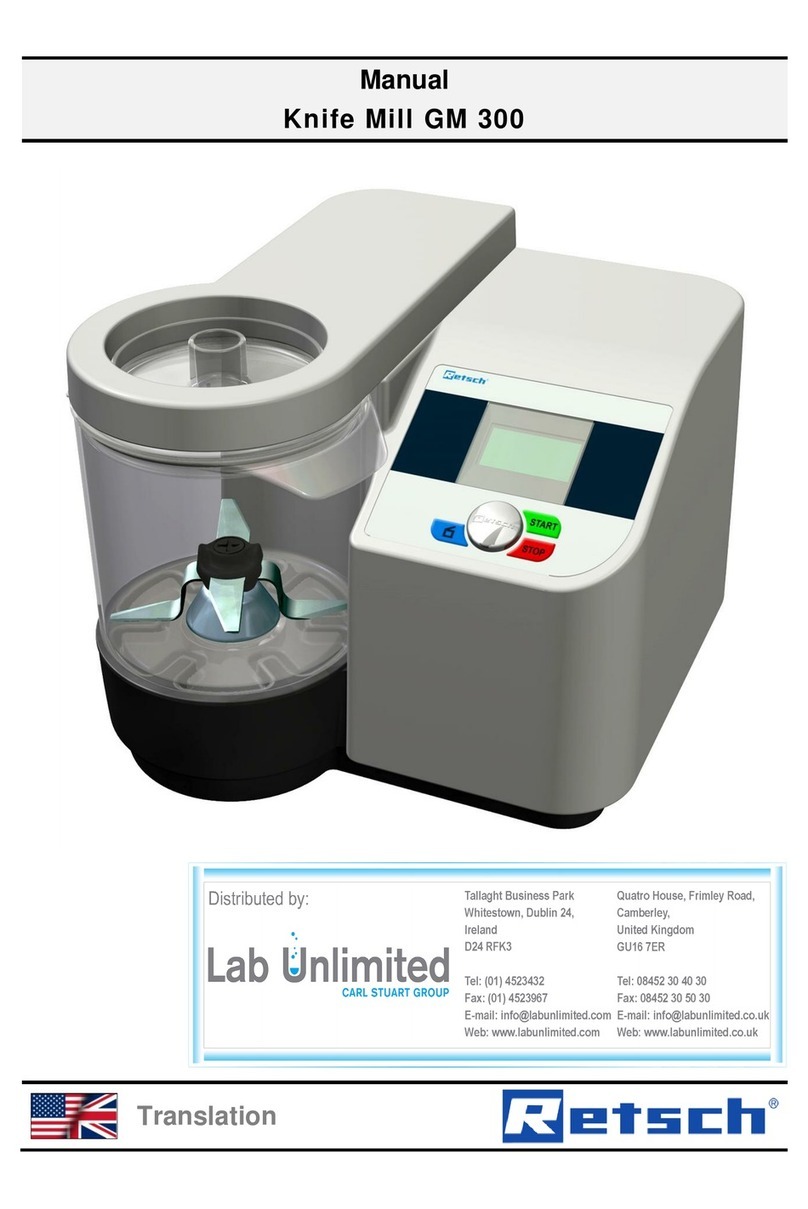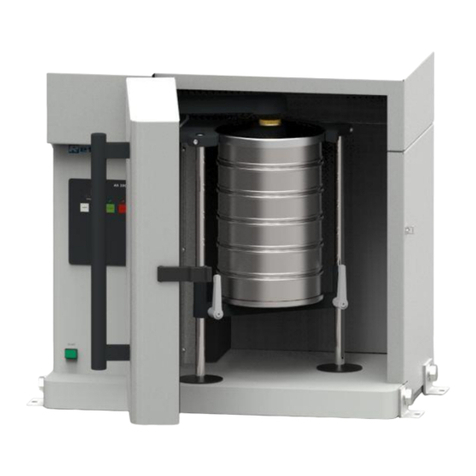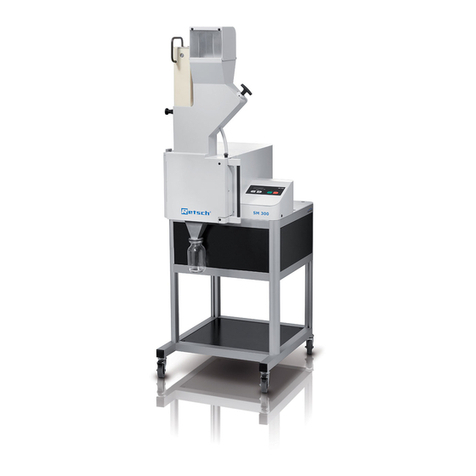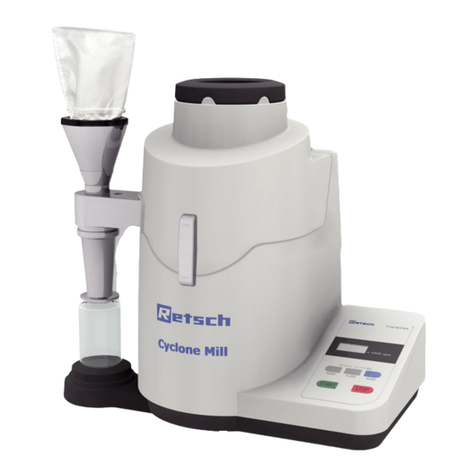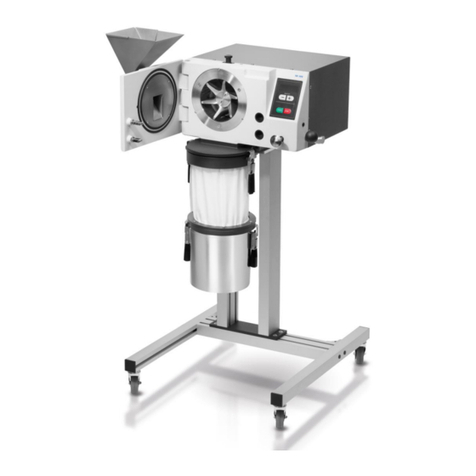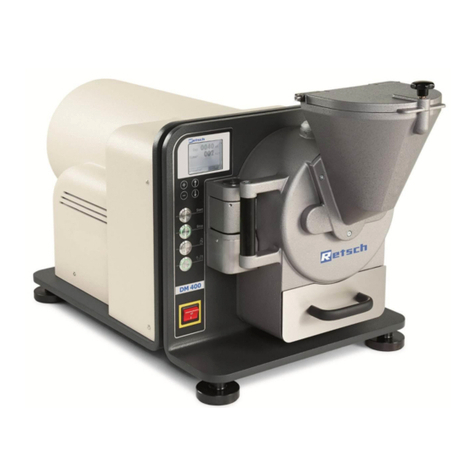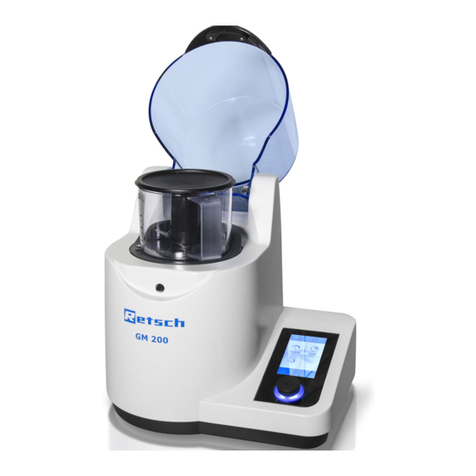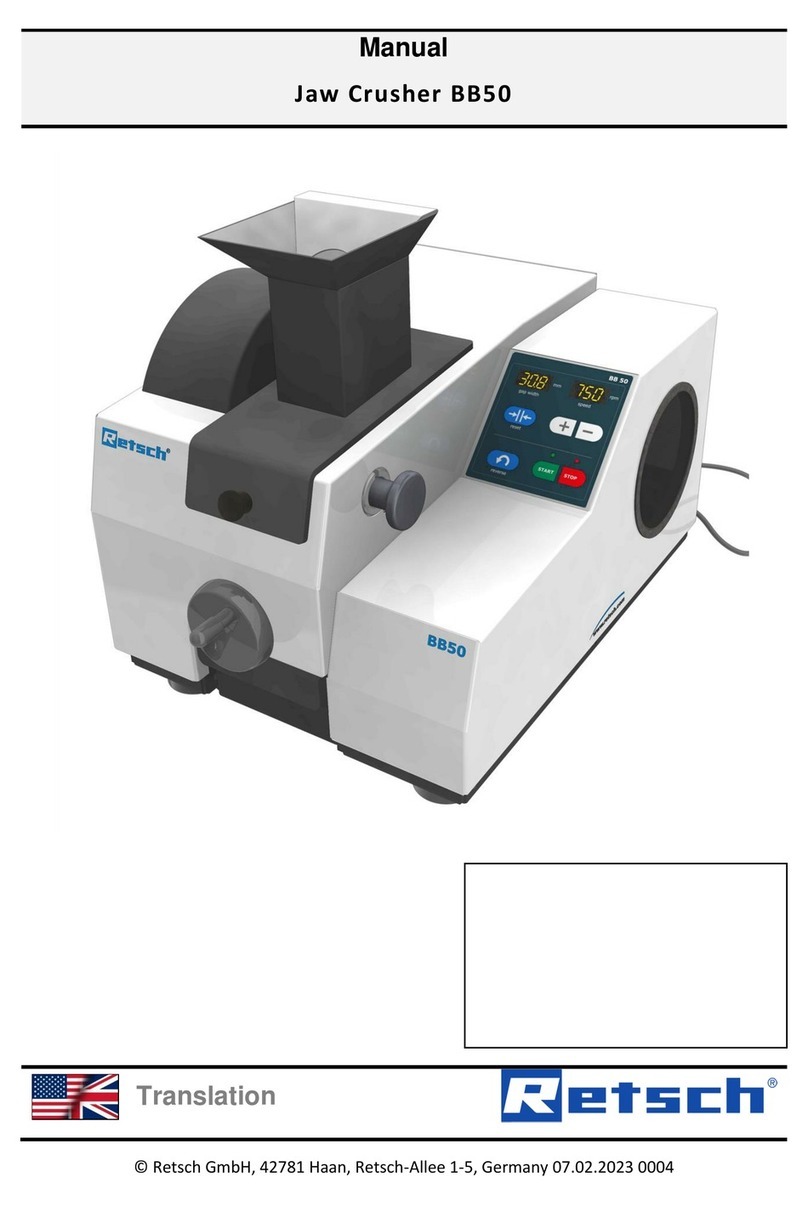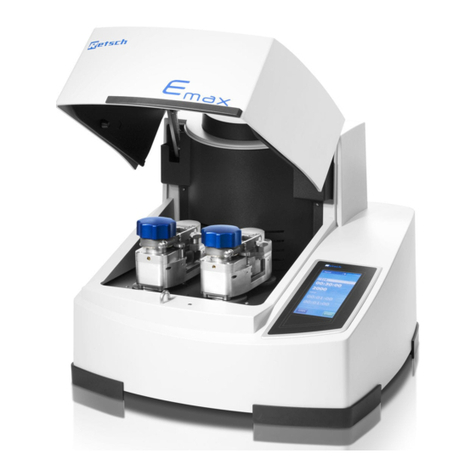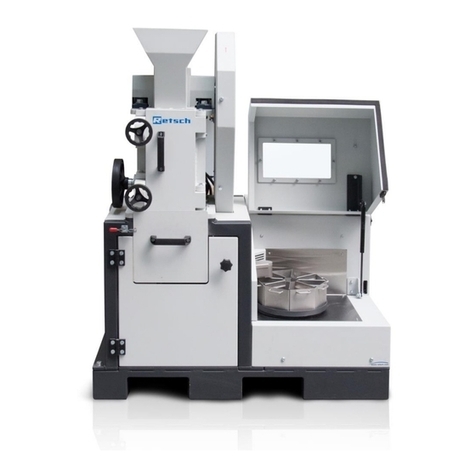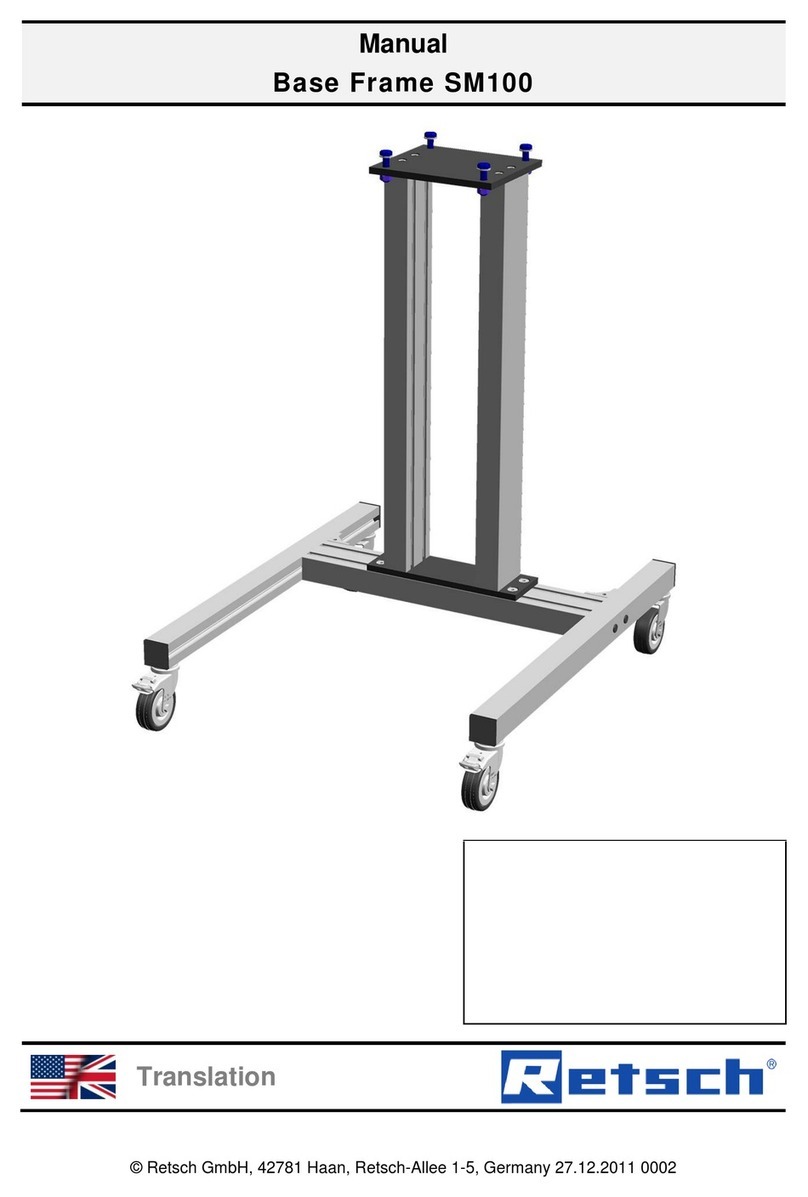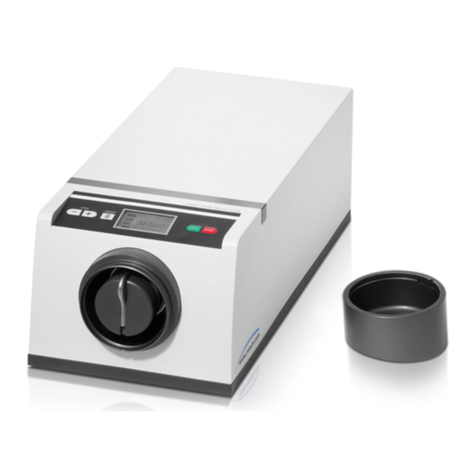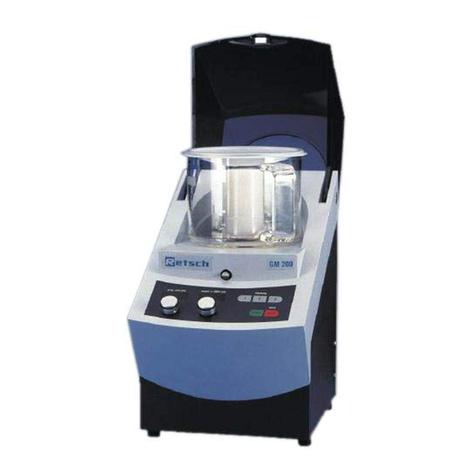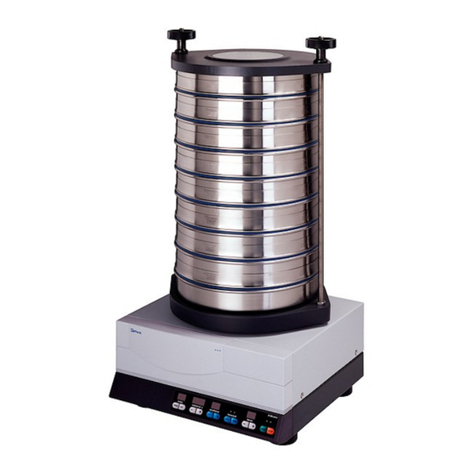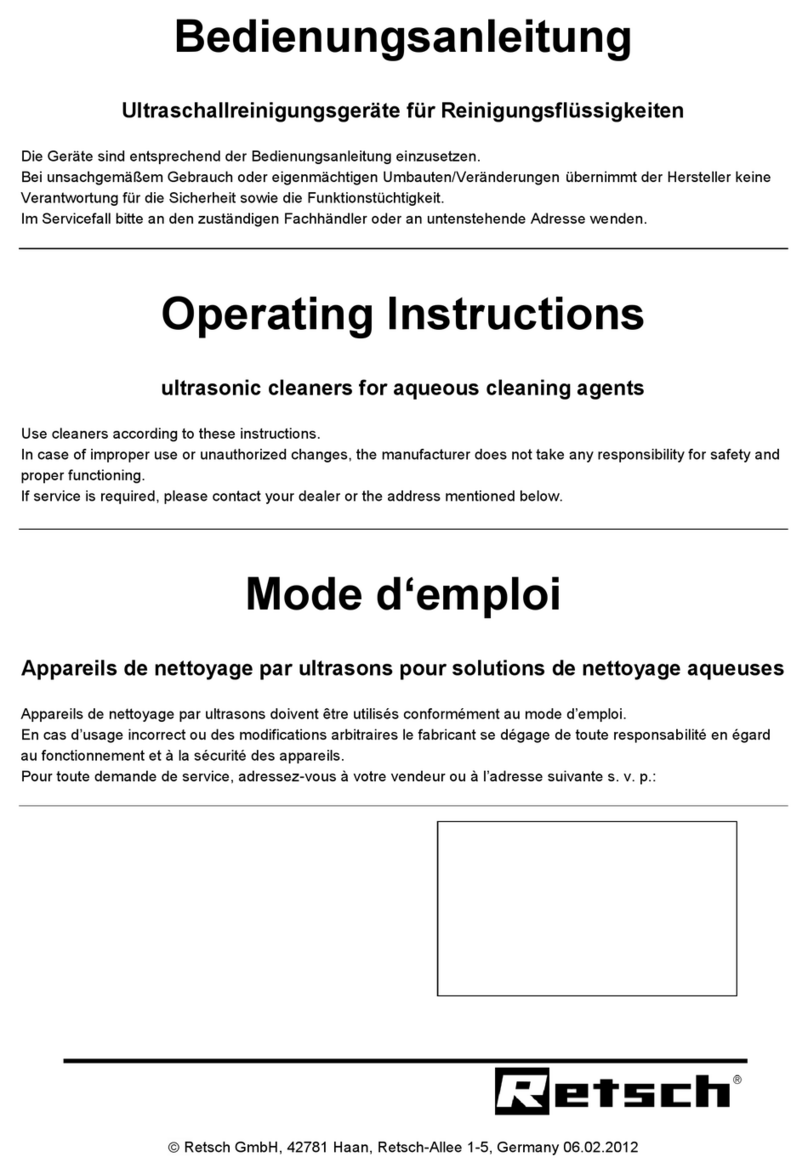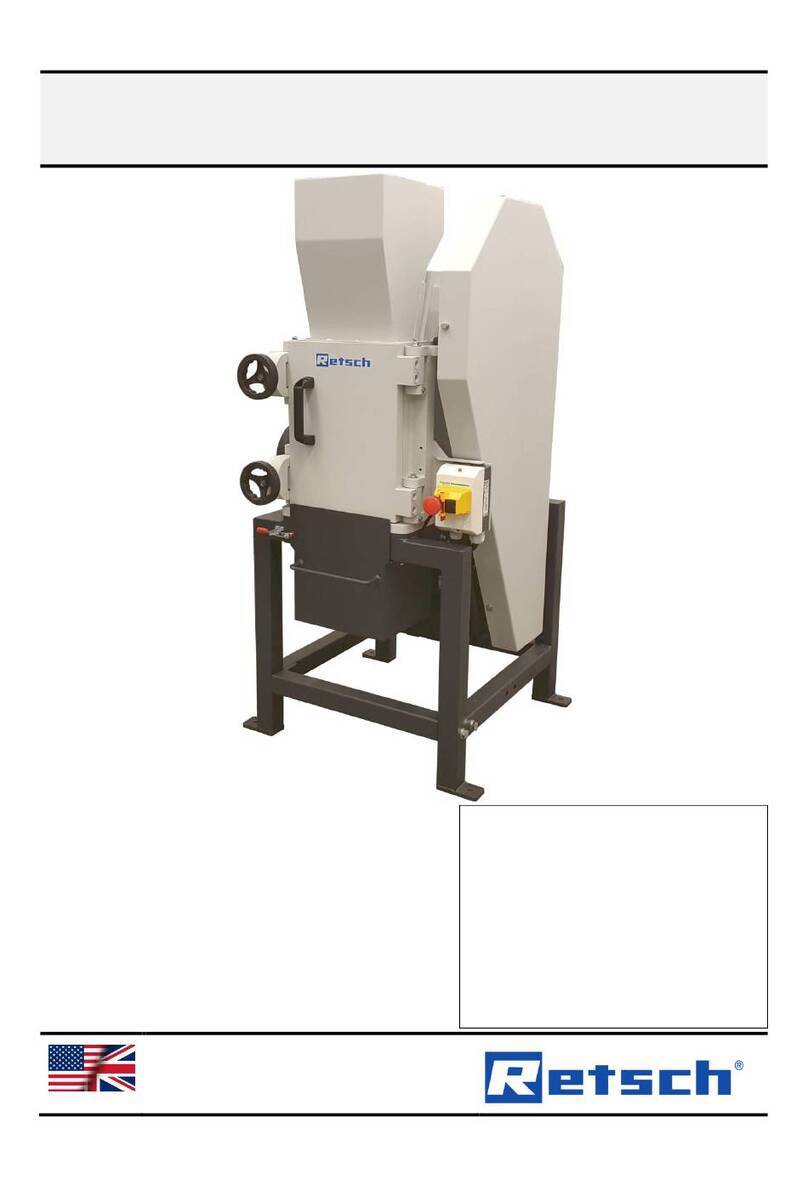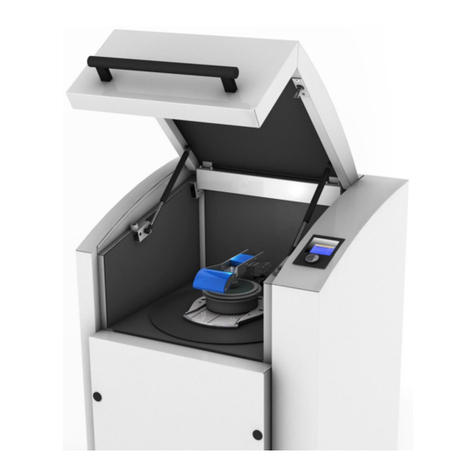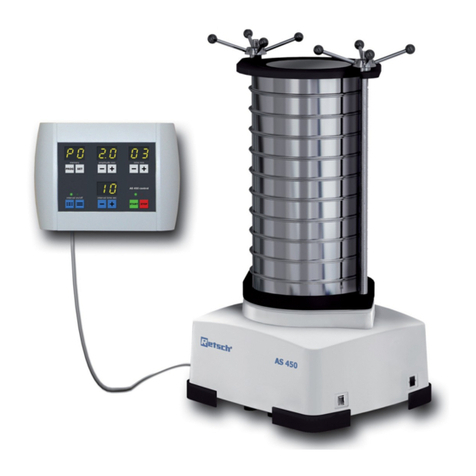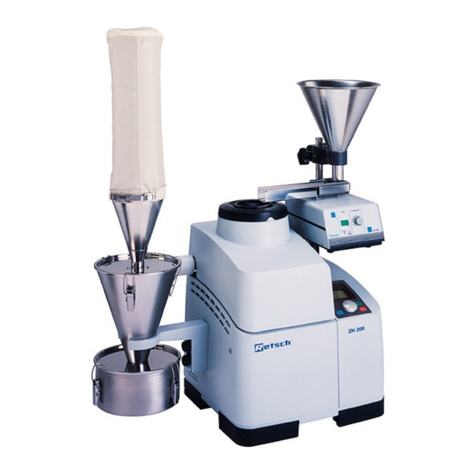Table of Contents
1Notes on the Manual........................................................................................................................ 5
1.1 Explanations of the Safety Instructions.......................................................................................... 6
1.2 General Safety Instructions........................................................................................................... 7
1.3 Repairs......................................................................................................................................... 8
2Confirmation .................................................................................................................................... 9
3Packaging, Transport and Installation.......................................................................................... 10
3.1 Packaging .................................................................................................................................. 10
3.2 Transport.................................................................................................................................... 10
3.3 Temperature fluctuations and condensed water .......................................................................... 10
3.4 Conditions for the Installation Site............................................................................................... 10
3.5 Electrical Connection.................................................................................................................. 11
3.6 Type Plate Description................................................................................................................ 12
3.7 Removing the Transportation Aid................................................................................................ 13
3.8 Mounting the Feed Hopper ......................................................................................................... 14
3.8.1 Removing the Transport Safeguard......................................................................................... 14
3.8.2 Mounting the Feed Hopper...................................................................................................... 15
3.9 Installation of the Device............................................................................................................. 16
3.10 Height adjustment and alignment of the support structure ........................................................... 17
4Technical Data................................................................................................................................ 19
4.1 Use of the Device for the Intended Purpose................................................................................ 19
4.2 Emissions................................................................................................................................... 20
4.3 Degree of Protection................................................................................................................... 20
4.4 Motor rotation speed................................................................................................................... 20
4.5 Receptacle Volume..................................................................................................................... 20
4.6 Rated Power............................................................................................................................... 20
4.7 Dimensions and Weight.............................................................................................................. 20
4.8 Required Floor Space................................................................................................................. 21
5Operating the Device ..................................................................................................................... 22
5.1 Views of the Instrument .............................................................................................................. 22
5.2 Overview table of the parts of the device..................................................................................... 25
5.3 Operating elements and displays................................................................................................ 26
5.4 Overview Table of the Operating Elements and the Display ........................................................ 26
5.5 Opening and Closing of the Device............................................................................................. 27
5.6 Mounting the bottom sieve.......................................................................................................... 27
5.7 Replacing the rotor ..................................................................................................................... 27
5.7.1 Removing the Rotor................................................................................................................ 28
5.7.2 Inserting the Rotor .................................................................................................................. 28
5.8 Inserting the filter unit and collecting receptacle .......................................................................... 29
5.9 Starting the grinding process ...................................................................................................... 29
5.10 Stopping the grinding process..................................................................................................... 30
6Mode of Operation of Feed Hopper............................................................................................... 31
7Assembling and using the cyclone............................................................................................... 32
7.1 Cyclone assembly....................................................................................................................... 32
7.1.1 Inserting the wide mouth bottle adapter................................................................................... 36
8Cleaning and service ..................................................................................................................... 37
8.1 Adjusting the cutting bars............................................................................................................ 37
9Fault messages.............................................................................................................................. 40
10 Disposal.......................................................................................................................................... 41
11 Index............................................................................................................................................... 42



